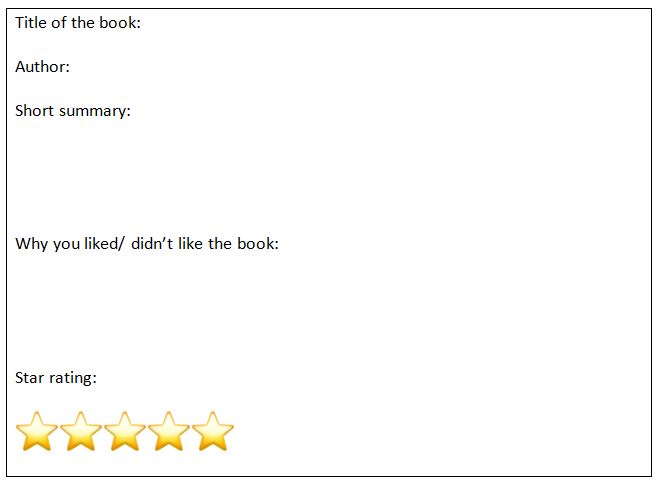 We all know why our students should read. Ask any teacher and they will probably tell you that reading builds vocabulary, improves grammar, improves writing skills, and develops critical thinking skills. Readers will tell you that they read because it gives them knowledge, helps them sleep, enhances the imagination, provides entertainment, or takes them ‘away from it all’ when they are feeling stressed.
We all know why our students should read. Ask any teacher and they will probably tell you that reading builds vocabulary, improves grammar, improves writing skills, and develops critical thinking skills. Readers will tell you that they read because it gives them knowledge, helps them sleep, enhances the imagination, provides entertainment, or takes them ‘away from it all’ when they are feeling stressed.
But reading in a foreign language can feel like work. Tethered to the dictionary, learners often don’t get the same satisfaction from reading in a foreign language that they do in their first language. I recently experienced this myself. Wanting to ‘brush up on my French’, I bought a novel that looked promising. However, after 2 pages I gave up. Why? There were too many unknown words and expressions. It was a chore, not a pleasure.
So, how can we encourage our adult students to read?
1. Ensure they choose the right reading level. Graded readers are ideal for students learning English because they can choose the right level for comfortable reading. A quick way to assess reading level is to read a page from a book. There should be no more than 2-3 unknown words on the page, and students should be able to read steadily and with understanding. Students can also find out their level with this interactive level test. Once they have their level, they can choose a book that interests them out of the many available.
2. Create space for reading and discussion in class. Adult students have busy lives outside of class, so if you are serious about getting them reading, carve out reading time into every lesson. First, put students into groups to discuss what they are reading. Each student gives a short summary of what the book is about and how they like it so far. Next, give students 5-10 minutes of quiet, uninterrupted reading time. Without interfering or adding any pressure, quietly observe the reading behaviour of the students – if they are glued to the dictionary, suggest a lower level reader for this part of your lessons. You may find that students enjoy the quiet reading bit of the lesson the most!
3. Make reading a social experience. Building social relationships is a motivational driver, and many people enjoy talking about what they’ve read, so integrate this into the classroom with reading circles. Put students into groups and ask them to choose one graded reader that they will all read. Assign different roles to each student: discussion leader, summarizer, connector, word master, passage person, and culture collector. You can find out more about these roles in my webinar, or go to the teaching resources site at the Oxford Bookworms Club.
4. Find ways to link books to the outside world. In Sherlock Holmes: The Sign of Four by Sir Arthur Conan Doyle, Holmes takes on a very strange case with links to the Andaman Islands in the Bay of Bengal. As a project, students can learn more about these and other islands – connecting fiction with fact. For non-fiction lovers, there are plenty of graded non-fiction books that are informational and educational. One example is the Factfile about Stephen Hawking. You may know that between 1979 and 2009, Hawkins was the Lucasian Professor of Mathematics at Cambridge University, can you name three other well-known scientists who held this role (answers in the webinar!)?
5. Create low-stakes competition. A little competition can add a game-like element to lessons, bring students satisfaction from seeing their progress charted, and create a sense that students are part of a reading community. Set each student a 6-book challenge. To complete the challenge, they read a book and write a review – complete with a star-rating system. A review can be structured for any level:

Create a class chart or leader board to record how many books each student has read. Give students certificates once they have reached 6 books. Of course, students can read each other’s reviews to help them decide which book to read next!
If you are using e-books from the Oxford Learner’s Bookshelf, ask students to share their reading diary which not only tracks which book they have read, but also how many words they have read and time spent reading – this can give them quite a buzz when they see how a little reading over time can add up – imagine reaching 5,000 words read!
There are many more ways to foster reading. Join me in my webinar where I’ll present these and other ideas for using readers in the classroom with adults. Come a few minutes early and share what you are reading with others in the chat box!
Stacey Hughes is a part-time lecturer at Oxford Brookes University and also works freelance as a teacher developer, materials writer and educational consultant in ELT. She has taught English in the US, Poland, Italy and the UK in many different contexts. She also taught French and Spanish. As a teacher developer, she enjoys engaging with teachers from all over the world. She has recently run an introduction to teacher training course for the Oxford Department of Education Summer School.


I missed the webinar! Is there a way to watch it? Has it been recorded? Thank you in advance. Clara
Hi Clara, all of our webinars are stored here in our webinar library -> https://oxelt.gl/2FFX3NM
^Alex